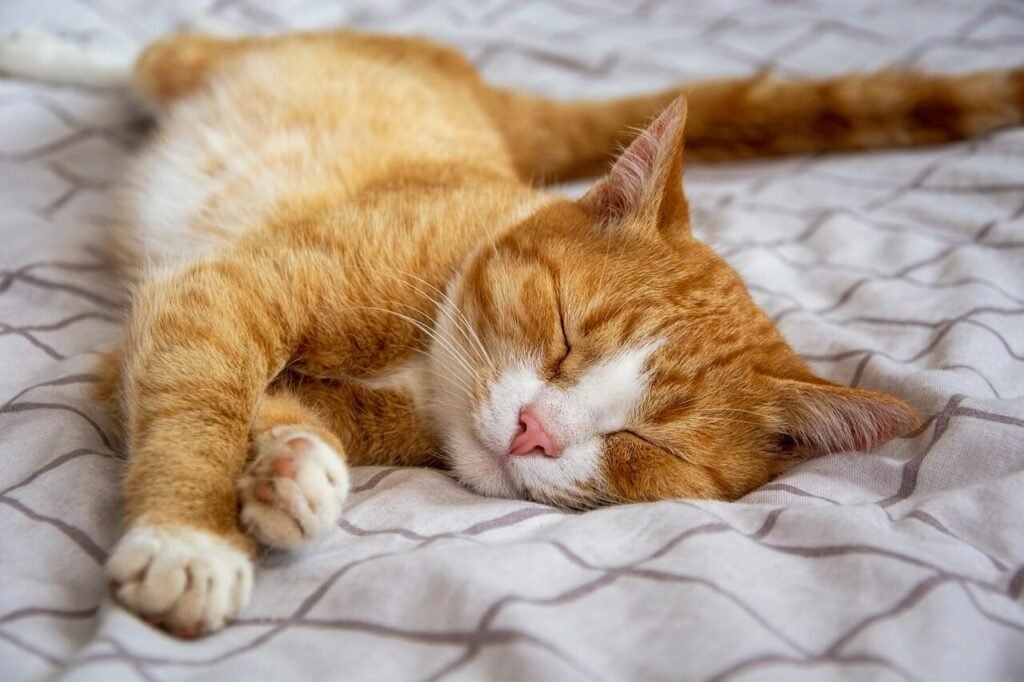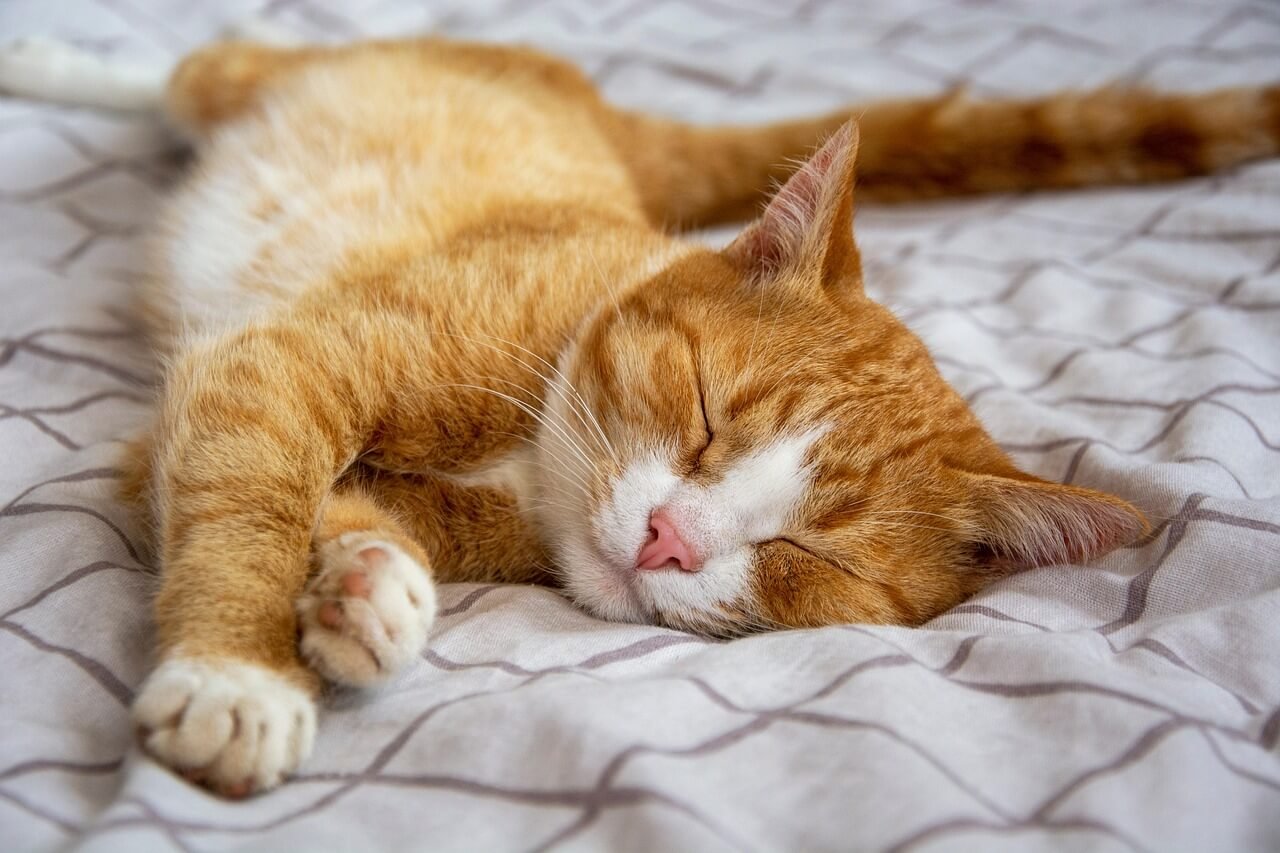Cat Pee Under Black Light: The Ultimate Guide to Detecting and Cleaning Hidden Stains
Dealing with cat urine can be a frustrating challenge, especially when you can’t see where the accidents have occurred. Whether it’s a new pet adjusting to your home or an older cat with occasional mishaps, hidden stains can linger unnoticed—until they start causing unpleasant odors. Enter the black light: a simple yet powerful tool that reveals cat pee under UV light, making cleanup easier and more effective. In this guide, we’ll explore how black lights work, tips for detecting cat urine, and foolproof methods for eliminating stains and odors. With the right approach, you can reclaim your home and maintain a fresh, clean environment for both you and your feline friend.
Shedding Light on the Mystery: Why Cat Pee Glows Under Black Light
Black lights are incredibly effective at uncovering hidden cat urine stains because of the chemical properties of urine. When exposed to ultraviolet (UV) light, certain compounds in cat urine fluoresce, creating a bright glow that’s easy to spot. Here’s why this happens and what makes black lights so useful:
Urine Contains Phosphors :
These compounds react to UV light, causing the urine to glow brightly under a black light.Proteins and Urobilinogen :
These components in cat urine intensify the glow, making even old stains visible.Undetectable to the Naked Eye :
Many urine spots dry clear, leaving no visible trace until illuminated by UV light.Works on Multiple Surfaces :
Black lights effectively detect urine on carpets, upholstery, walls, and other materials.Helps Identify Repeat Offenders :
By revealing patterns of accidents, you can address behavioral or health issues early.
Using a black light is a game-changer for pet owners, as it ensures no hidden stains are left behind. This step is crucial for thorough cleaning and odor elimination.
Illuminating the Problem: How to Use a Black Light Effectively
Detecting cat pee under black light is straightforward, but there are a few key steps to ensure accuracy and efficiency. Follow these guidelines to make the most of your black light inspection:
Conduct the Search in Darkness :
Turn off all lights and close curtains to maximize the visibility of glowing stains.Start with High-Traffic Areas :
Focus on spots where your cat frequently spends time, such as near litter boxes or feeding areas.Inspect Common Hiding Spots :
Check corners, baseboards, and furniture legs where cats may mark their territory.Mark the Stains Clearly :
Use chalk, sticky notes, or washable markers to outline the glowing areas for later cleaning.Double-Check After Cleaning :
Rescan the area after treatment to confirm all traces of urine have been removed.
A systematic approach ensures you don’t miss any hidden stains, setting the stage for successful cleanup. Remember, the goal is to eliminate every trace of urine to prevent repeat incidents.
Check this guide 👉Is Cat Pee Toxic? Best 7 Expert Tips!
Check this guide 👉Understanding Normal Cat Pee Clump Size: Best 7 Tips!
Check this guide 👉What Color Is Cat Pee? Best 7 Health Tips!

Benefits of Using a Black Light | Common Places to Check for Cat Urine |
|---|---|
Reveals hidden stains invisible to the eye | Carpets and rugs |
Helps identify patterns of accidents | Upholstered furniture |
Ensures thorough cleaning and odor removal | Baseboards and corners |
Prevents repeat marking behavior | Walls and drapes |
Cost-effective and easy to use | Litter box surroundings |
Tackling the Glow: Effective Cleaning Solutions for Cat Urine
Once you’ve identified cat pee stains using a black light, the next step is to clean them thoroughly. Proper cleaning not only removes the stain but also eliminates odors that might attract your cat back to the same spot. Here’s how to tackle the problem:
Blot Fresh Stains Immediately :
Use paper towels or a cloth to absorb as much liquid as possible before cleaning.Use an Enzyme Cleaner :
Enzymatic cleaners break down the proteins in urine, ensuring stains and odors are fully eliminated.Avoid Ammonia-Based Cleaners :
Ammonia mimics the smell of urine and can encourage your cat to re-mark the area.Scrub and Rinse Thoroughly :
Scrub the area with the cleaner, then rinse with water to remove residue.Test on Small Areas First :
Before applying any cleaner to delicate fabrics, test it on an inconspicuous spot to avoid damage.
By following these steps, you can restore your surfaces to their original state while discouraging future accidents. Consistency is key to maintaining a clean and odor-free home.
Stopping the Cycle: Tips to Prevent Repeat Accidents
Prevention is just as important as cleanup when it comes to managing cat urine issues. Addressing underlying causes and implementing proactive measures can help keep your home accident-free. Here’s what you can do:
Provide Enough Litter Boxes :
A general rule is one box per cat, plus one extra, to reduce territorial disputes.Keep Litter Boxes Clean :
Scoop daily and replace litter regularly to encourage consistent use.Address Behavioral Issues :
Consult a vet or animal behaviorist if your cat suddenly starts urinating outside the box.Neuter or Spay Your Cat :
Altering reduces territorial marking behaviors and minimizes strong-smelling urine.Create a Stress-Free Environment :
Provide hiding spots, vertical spaces, and routines to keep your cat calm and content.
Taking these steps can significantly reduce the likelihood of future accidents, ensuring harmony between you and your furry companion.
Spotting the Red Flags: Behavioral and Physical Indicators
If your cat is urinating outside the litter box, there are often subtle signs that something might be amiss. Recognizing these indicators can help you address the issue before it escalates. Here’s what to look for:
Frequent Sniffing or Pawing at Specific Spots :
This behavior suggests your cat is marking or investigating areas they’ve previously soiled.Changes in Litter Box Habits :
If your cat suddenly avoids the box or uses it inconsistently, it could signal discomfort or stress.Increased Vocalization Near the Box :
Meowing or growling while near the litter box may indicate pain or dissatisfaction.Licking Genitals Excessively :
This could point to a urinary tract infection (UTI) or other medical issues.Accidents in Unusual Locations :
Urine found on soft surfaces like beds or clothing may indicate territorial marking or illness.
By paying attention to these signs, you can identify potential problems early and take steps to resolve them. Early intervention ensures your cat stays healthy and your home remains clean.
When It’s More Than Behavior: Medical Causes of Accidents
Sometimes, inappropriate urination isn’t about behavior—it’s a sign of an underlying health issue. Cats are masters at hiding discomfort, so it’s important to rule out medical causes if accidents persist. Here are some common health-related reasons:
Urinary Tract Infections (UTIs) :
UTIs can cause burning sensations, leading cats to avoid the litter box.Kidney Disease :
Older cats with kidney issues may struggle with bladder control.Bladder Stones or Crystals :
These painful conditions can make urination difficult or uncomfortable.Diabetes :
Increased thirst and frequent urination are hallmark symptoms of feline diabetes.Arthritis or Mobility Issues :
Pain from joint problems may prevent cats from accessing the litter box easily.
If you suspect a medical issue, consult your veterinarian promptly. Addressing health concerns not only improves your cat’s well-being but also reduces accidents in your home.
Equipping Yourself for Success: Must-Have Solutions
Dealing with cat urine requires the right tools and products to ensure effective detection, cleaning, and prevention. Investing in quality supplies can make the process smoother and more efficient. Here’s what you’ll need:
UV Black Light Flashlight :
A portable black light helps you quickly locate hidden stains in any room.Enzymatic Cleaners :
These specialized cleaners break down urine compounds, eliminating odors and preventing repeat incidents.Waterproof Mattress Protectors :
Protect your bedding from future accidents with easy-to-clean covers.Odor Neutralizers :
Products designed specifically for pet odors can complement enzymatic cleaners for stubborn smells.Litter Box Accessories :
Self-cleaning boxes or litter mats can encourage consistent use and reduce mess.
Having the right tools on hand empowers you to tackle cat urine problems effectively. With these resources, you can maintain a fresh, welcoming environment for both you and your cat.
Frequently Asked Questions About Cat Pee Under Black Light
What kind of black light should I use to detect cat urine?
A UV-A black light with a wavelength of 365–395 nm works best for detecting pet stains.
Can I use a black light during the day?
For best results, use the black light in complete darkness to make stains more visible.
Will vinegar clean cat urine effectively?
Vinegar can mask odors temporarily but won’t fully break down urine proteins like enzyme cleaners do.
How can I tell if my cat is marking territory or having accidents?
Marking usually involves small amounts of urine on vertical surfaces, while accidents are larger and occur on horizontal surfaces.
Why does my cat keep returning to the same spot?
Lingering odors or incomplete cleaning can draw cats back to previously soiled areas.
Final Thoughts: Restoring Peace and Freshness to Your Home
Discovering cat pee under black light might feel overwhelming at first, but with the right tools and techniques, you can overcome this challenge. From detecting hidden stains to implementing preventive measures, every step brings you closer to a clean, odor-free environment. Remember, patience and consistency are key when addressing both the symptoms and root causes of cat urine problems. By staying proactive and attentive to your cat’s needs, you can foster a happy, harmonious relationship—and enjoy a fresher, cleaner home for years to come.
Understanding Cryptosporidium in Cats: Best 7 Expert Tips! – Spot symptoms, treat safely, and stop parasite spread in your home.
Understanding Cryptosporidium in Dogs: Best 7 Expert Tips! – Learn symptoms, treatment & prevention for this stubborn gut parasite.
Understanding Syringomyelia in Cats: Best 7 Expert Tips! – Recognize signs, manage pain, and support your cat’s neurological health with vet-backed guidance.
Understanding Syringomyelia in Dogs: Best 7 Expert Tips! – Expert insights on symptoms, MRI diagnosis, pain management & quality of life.





